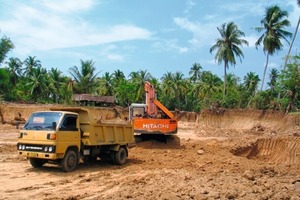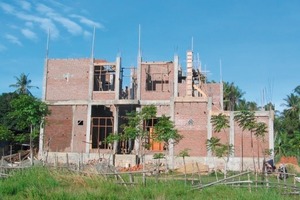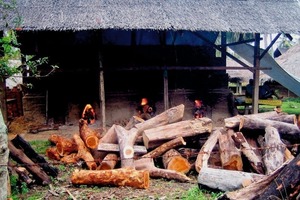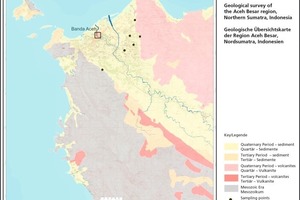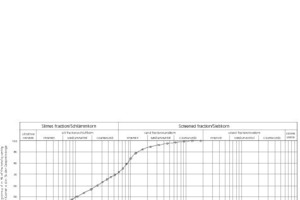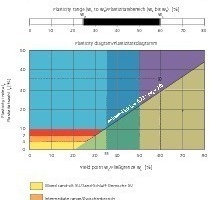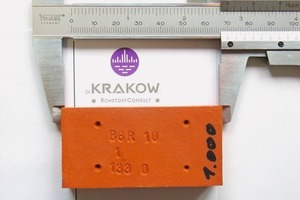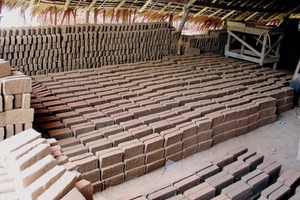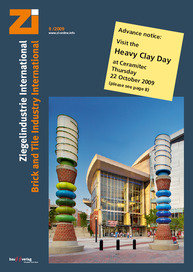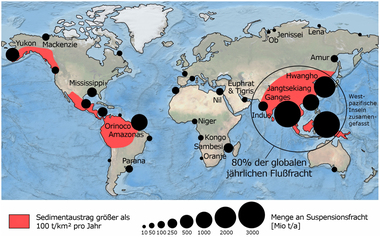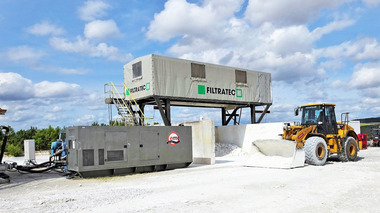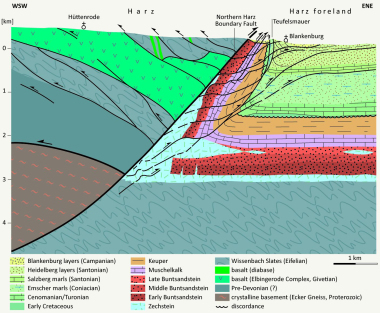The brick clays from Northern Sumatra,
Republic of Indonesia
The earthquake and tsunami on 26 December 2004 in the Aceh region on Sumatra, Republic of Indonesia, caused devastating destruction and damage to building structures. Reconstruction necessitates the supply of large volumes of traditional building materials such as masonry bricks. As part of a technical cooperation project, selected brick clay pits were qualitatively characterized and assessed with regard to the optimization of technological parameters. The tests conducted characterize the raw materials on the one hand as highly innovative in ceramic terms, but also as extremely sensitive and prone to defects in ceramic drying and firing processes. For a technical and technological new start and the set-up of modern brick production, mineralogic-al additions to the raw material basis are necessary. In particular, phyllosilicate opening materials are needed.

